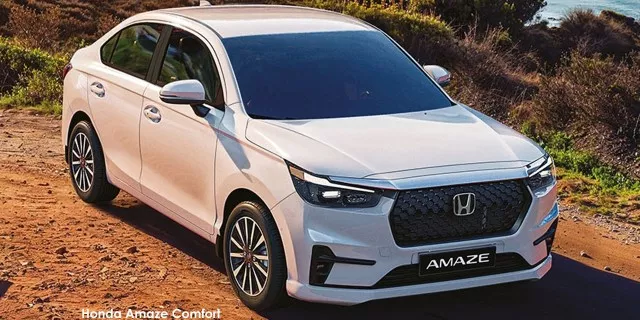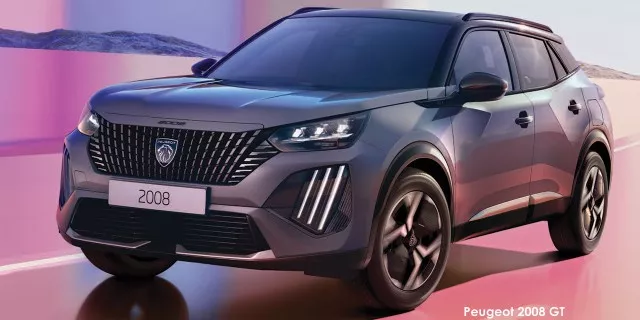
Voluntarily giving up your licence or getting an elderly relative to forfeit theirs can be a sensitive task.
While there’s currently no legal age limit for when South Africans must stop driving, it can become dangerous if someone who is no longer up to the task is still allowed to get behind the wheel.
Transport risk and accident specialist Stan Bezuidenhout notes that it’s not only age that plays a role, but also individual capacity.
Bezuidenhout, in conversation with Cape Talk, said that age isn’t covered by South African law when it comes to assessing a person’s ability to drive.
However, things such as eyesight, mental capacity, and other limiting factors are addressed.
“The problem is not so much the age as it is the capacity, and I think that’s where we have to be cautious because you do get people that are in their 60s that are already completely incapable of travelling safely,” said Bezuidenhout.
This is due to the fact that they have cognitively declined to the point where they find traffic overwhelming, and their response times have deteriorated to an extent that they can’t avoid accidents anymore.
“But then I have friends even in the United States where the traffic is quite a bit more intimidating than ours that are driving around well into their 90s,” said Bezuidenhout.
Age therefore does not play as big of a part as other factors such as health in deciding when someone must hang up their car keys for good.
Bezuidenhout said a deeper conversation is required regarding age and the related deterioration of mental capacity, and how that plays into one’s ability to drive.
“It’s very difficult when you start using age as a unit of measure rather than some kind of capacity of impairment,” he said.
He also implored motorists to be honest with themselves over their driving ability.
“There has to be some kind of mature internal reflection,” said Bezuidenhout.
If you feel intimidated or fearful on busy roads, and find that you have to reduce your speed to keep your wits about you, you should see that as a red flag.
“Even though dense traffic or very busy highways will produce some degree of apprehension within most road users, by the time it impairs your ability to flow with the traffic, you should be concerned,” said Bezuidenhout.
What the law says
The National Road Traffic Act puts forth various parameters under which someone will be disqualified from obtaining or holding a driver’s licence.
The act states that one may not have a licence if you suffer from:
- Uncontrolled epilepsy
- Uncontrolled diabetes mellitus
- Any condition causing muscular incoordination
- Defective vision ascertained in accordance with a prescribed standard
- Sudden attacks of disabling giddiness or fainting due to hypertension or any other cause
- Any form of mental illness to such an extent that it is necessary that he/she be detained, supervised, controlled, and treated as a patient in terms of the Mental Health Act
- Any other disease or physical defect which is likely to render him/her incapable of effectively driving and controlling a motor vehicle without endangering the safety of the public
When it comes to vision, specifically, the act stipulates that a person must have a minimum visual acuity of 6/12 (20/40) for each eye, or where the visual acuity of one eye is less than 6/12 (20/40) or blind, a minimum visual acuity for the other eye of 6/9 (20/30).
A minimum visual field of 70 degrees temporal in each eye is also required, or where the minimum visual field of one eye is less than 70 degrees temporal, or where one eye is blind, a minimum total horizontal visual field of at least 115 degrees.
This is the case when you apply for a Code A1, A, B, or EB licence.
When applying for a Code C1, C, EC1, or EC, a person must have a minimum visual acuity of 6/9 (20/30) for each eye; and a minimum visual field of 70 degrees temporal.








